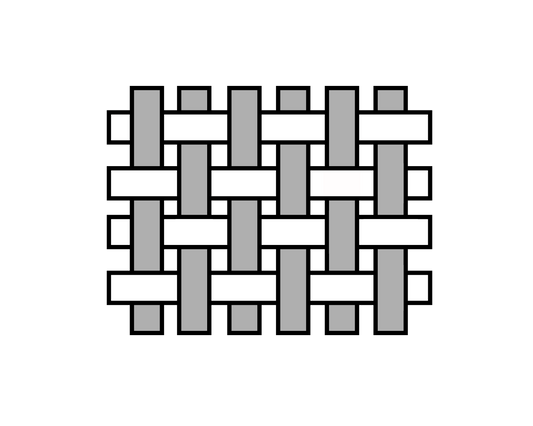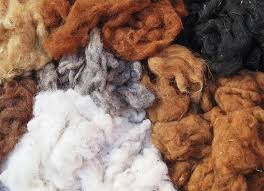

Herringbone gets its name from the herring's skeleton, whose ridges resemble the zigzag pattern of the fabric. This distinctive pattern is not only aesthetically pleasing, but also contributes to the fabric's durability and stability.
The Properties of Herringbone

- Distinctive V-Pattern: The V-shaped, or herringbone, pattern is the most recognizable feature of herringbone, providing a unique and stylish aesthetic.
- Durability: Thanks to its tightly woven structure, herringbone is an extremely durable fabric, able to withstand heavy use.
- Wrinkle-resistant: Herringbone's weave structure makes it wrinkle-resistant, making it a practical choice for garments that need to stay crisp and neat.
The History of Herringbone

Herringbone has a long history of use, dating back to when it was used to stabilize roads thanks to its zigzag pattern. During World War II, this fabric was often referred to as "HBT" (Herringbone Twill) and used for military purposes. Herringbone also became a popular choice for costumes during this time, due to its durability and neat appearance.
The Uses of Herringbone

Herringbone is used in various fashion applications, including:
- Coats: Herringbone coats are durable and stylish, perfect for everyday and professional use.
- Suits: Herringbone suits offer a neat and sophisticated appearance, ideal for professional and formal settings.
- Skirts: Herringbone skirts are both stylish and practical, offering the perfect balance between style and function.
Why Choose Herringbone?

Choosing herringbone for your clothing offers many benefits. Its durability, wrinkle resistance, and distinctive pattern make it a practical and elegant choice for a variety of applications. Whether for everyday, professional, or formal use, herringbone remains a quality fabric valued for its reliability and timeless style.






